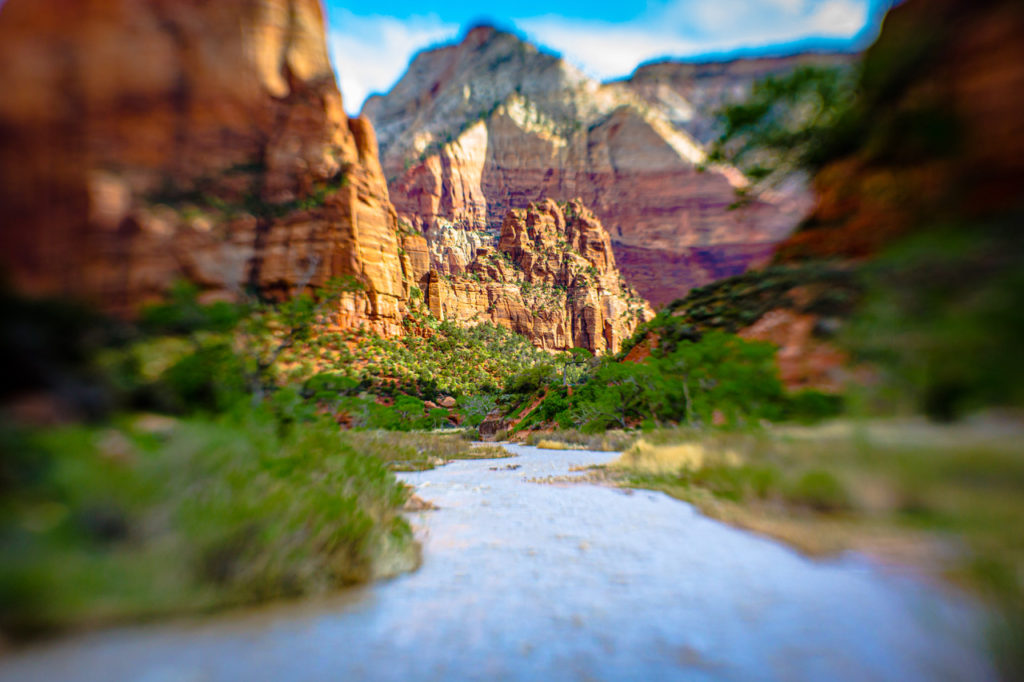Rico Del Sesto's (
Math and science were always my strengths, and I continue to take advantage of that in my career as a scientist. When I was younger, I was tearing apart and rebuilding electronics for fun, and was never really interested in art and photography - art classes were just another way to apply technical details to something new. I started to get into photography once digital cameras were readily accessible because it allowed me to utilize a well-engineered device, adjust the settings one by one and carry out experiments, and to evaluate results instantaneously in order to plan the next experiment.

Since my exploration of photography began, landscapes have generally been my focus to capture the scenes painted by the forces of nature. Early on, though, I felt that I had quickly reached a plateau in photography skills my photos were acceptable from a technical standpoint, but not stunning from a creative or visual perspective. I became really familiar with the standard rules of thirds and leading lines, but there were (and are) so many photographers out there can do that exceptionally well and create amazingly sharp and visually stunning images. I was looking for something new and different, and the Lensbaby lenses drew me in.


My first experience was with one of the original Composer lenses that I took on a camping trip in the Colorado mountains. I was immediately drawn to the fully manual - essentially an analog - lens, that would create images to draw in the viewer with the selective focus, and in most cases adding an emotional aspect to the resulting image. Yes, it is like a tilt-shift lens, but the final images were different not necessarily a plane of focus, but an area of focus.

For the last year, Ive been using the Lensbaby 
With the 

More recently, I have added a strong ND filter on the 

There is a learning curve to using the 

Leave a comment
All comments are moderated before being published.
This site is protected by hCaptcha and the hCaptcha Privacy Policy and Terms of Service apply.